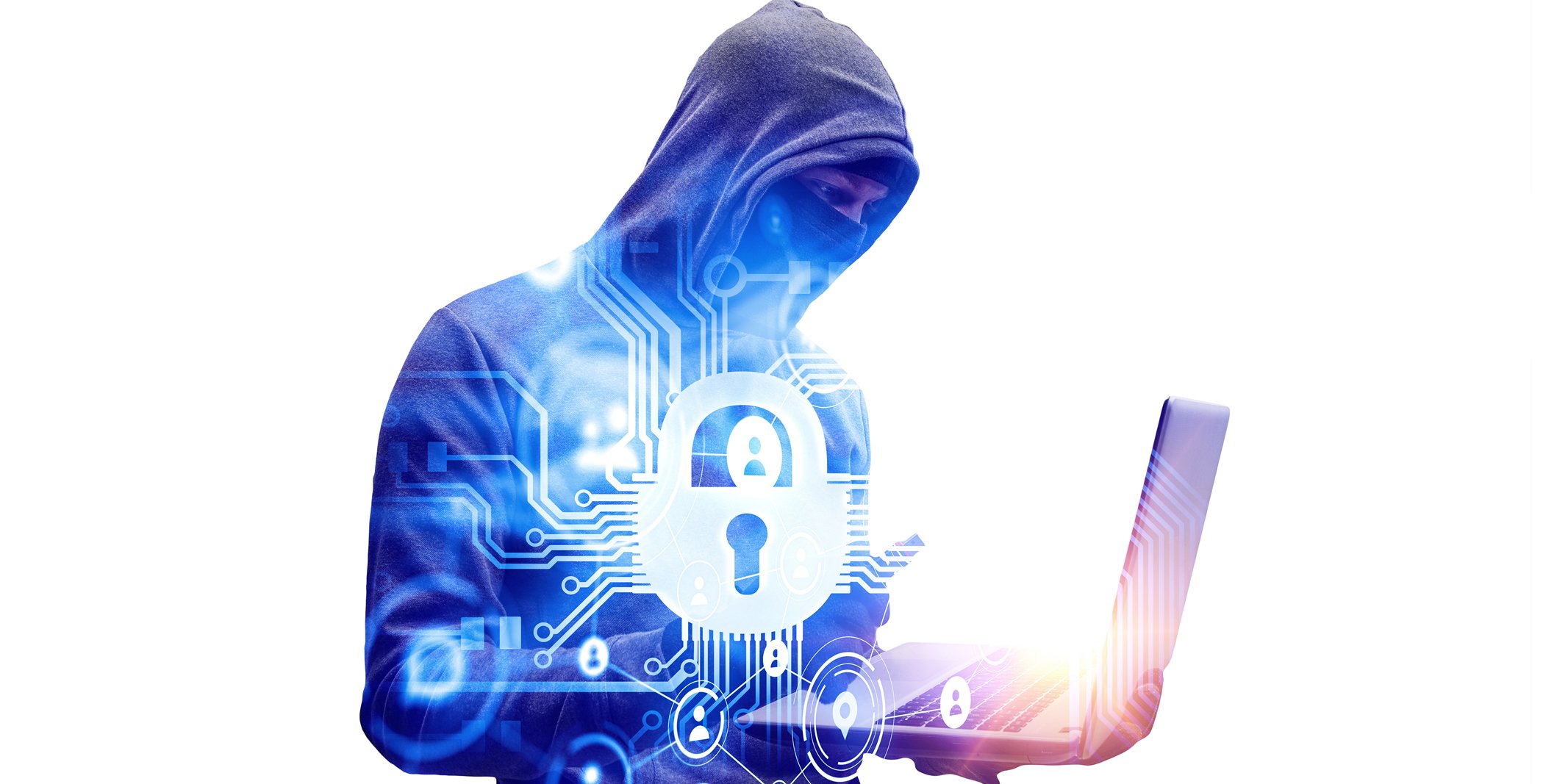Fraudsters make up 50% to 60% of incoming customer contacts. New biometric tools can stop them.
The pandemic has served up yet one more new challenge for businesses that must house and secure customer information. Identity theft is on the rise—and the bad guys aren’t necessarily relying on hacking to breach valuable data.
Instead, they’re using social engineering—or the psychological manipulation of people, and in this case, contact center workers—to gain access to accounts or to divulge confidential information and take over the account. Pre-pandemic, fraudsters made up an estimated 30% of all incoming calls to businesses. Today, they make up 60% of those calls. Part of the problem is that everyone—both contact center agents and criminals—are working from home.
“It’s so important that businesses get solutions to protect themselves, because it’s the full-time job of criminals to prey on emotions and takeover accounts,” says Kathy Sobus, Senior Director of Customer Experience Strategy at C1.
This could be a thief calling an agent with the sound of a crying baby in the background (thanks to a YouTube sound effect) and pretending to be a harried mother who needs to urgently add her email address and phone number onto her “husband’s” cell phone account. There are so many fictional stories to which agents can relate—especially now. The agent, who might also be juggling work and children at home, may feel their pain and may be more likely to accommodate their request. Crooks often later call back, get another agent and employ a similar tactic to add more of their own personal information to account. Eventually, the thief has full access to the data they seek—breached solely through social manipulation.
Whether a business is in finance, banking, healthcare, insurance, telecommunications or other consumer services, it’s vital now to secure your customer/CRM database from breaches and large wide-scale attacks and shore up security around its networks. Most businesses naturally focus on those kinds of breaches and subsequently forget about securing their contact centers. Companies must ensure agents have secure access (like VPNs) to access the company software and databases, versus running those systems straight over the internet.
But most important, businesses must retire traditional methods of verifying a customer’s identity—name, address, account number, last four digits of social security number—and begin using biometric tools to authorize a customer’s identity, says Sobus. “This focuses more on who you are rather than what you remember or know,” she says.
Today’s biometric technologies—including voice, facial and thumbprint recognition—can automatically authenticate a caller’s identity and alert agents immediately of potential fraud. The tech can be combined in a variety of ways, whether it’s using facial or thumbprint recognition on a mobile app or voice recognition for a phone call.
Behavioral technologies can also accurately identify a caller, despite any change in tempo in her voice—calling in times of stress or panic— or, say, if she has a cold. It can spot whether a certain customer tends to hover over certain letters longer on a keyboard, too. The technology can also flag potential fraud by determining if a “customer” has called on an account multiple times during the day and spoken with different agents. This is a common way thieves to break into accounts, changing one thing at a time, whether that’s adding an additional email address or a new phone number or mailing address. This pattern on its own can be complicated for a single agent to spot without technology, because the average person has at least 20 digital devices, 12 phones and three email addresses tied to various accounts.
Since COVID-19 forced agents to work at home, oftentimes working at their kitchen table and sometimes among other family members and friends, it increasingly puts customer information at risk. For instance, agents may be juggling childcare or long days, and an acquaintance or spouse may offer to cover calls while the paid agent cares for a child or takes a break. Such a switch can result in unauthorized access to personal information by people with ill motives.
C1 offers a solution that integrates software into existing systems that require agents to do biometric check-ins throughout the day from their computers and confirms voice to ensure the only people answering customer inquiries are the vetted agents themselves. With biometric authentication, consumers can also reveal less information to an agent to confirm their identity. This will limit the amount of information a customer must say out loud and risk sharing it with passersby, as well as limiting the amount of personal data shared with an agent. “Does an agent really need to know where you live or your social security number?” says Sobus.
And while many company leaders may assume such technology is expensive or difficult to implement, that’s not the case anymore, because of the Software as a Service (SaaS) model. The software can be consumed monthly via web services and the interface is designed to be simple for agents to use: A red graphic on screen alerts them to potential fraud on the call and can instruct them to pass the call onto the fraud center. The software solution can also automatically alert the fraud department or pass them through without an agent doing so.
Not only do these biometric solutions protect a business’ customers—ID theft on average costs an individual $5,000, according to the Federal Trade Commission—but companies also lose on average about 5% of their overall revenue due to fraud. Biometric and behavioral technologies catch a higher rate of fraud, and they can also reduce call time, resulting in significant cost savings.
For instance, for every half a million calls, the software can reduce headcount of three people in the center (or enable those people to process more work) and cut the talk time by an average of 45 seconds per call, according to several C1 vendors.
“This software enables companies to catch more fraudsters at a higher rate than traditional methods,” says Sobus. The benefits include saving a headcount of three people on 500,000 calls, up to 5% savings in revenue loss, and enhanced customer and agent satisfaction.
New ID verification tools can be rolled out quickly, but it takes a bit of time for the technology to understand the customers and their habits. C1 clients have reported catching fraudsters in just the first six weeks of implementing the tools.
“Picking the right technology involves working with people that are tech savvy, like us,” Sobus says. C1 works with clients to understand their business goals, desired outcomes and their existing technology and then assists in identifying the tools that will work best for their business. C1 then works to integrate and maintain these solutions within the entire customer experience ecosystem.





